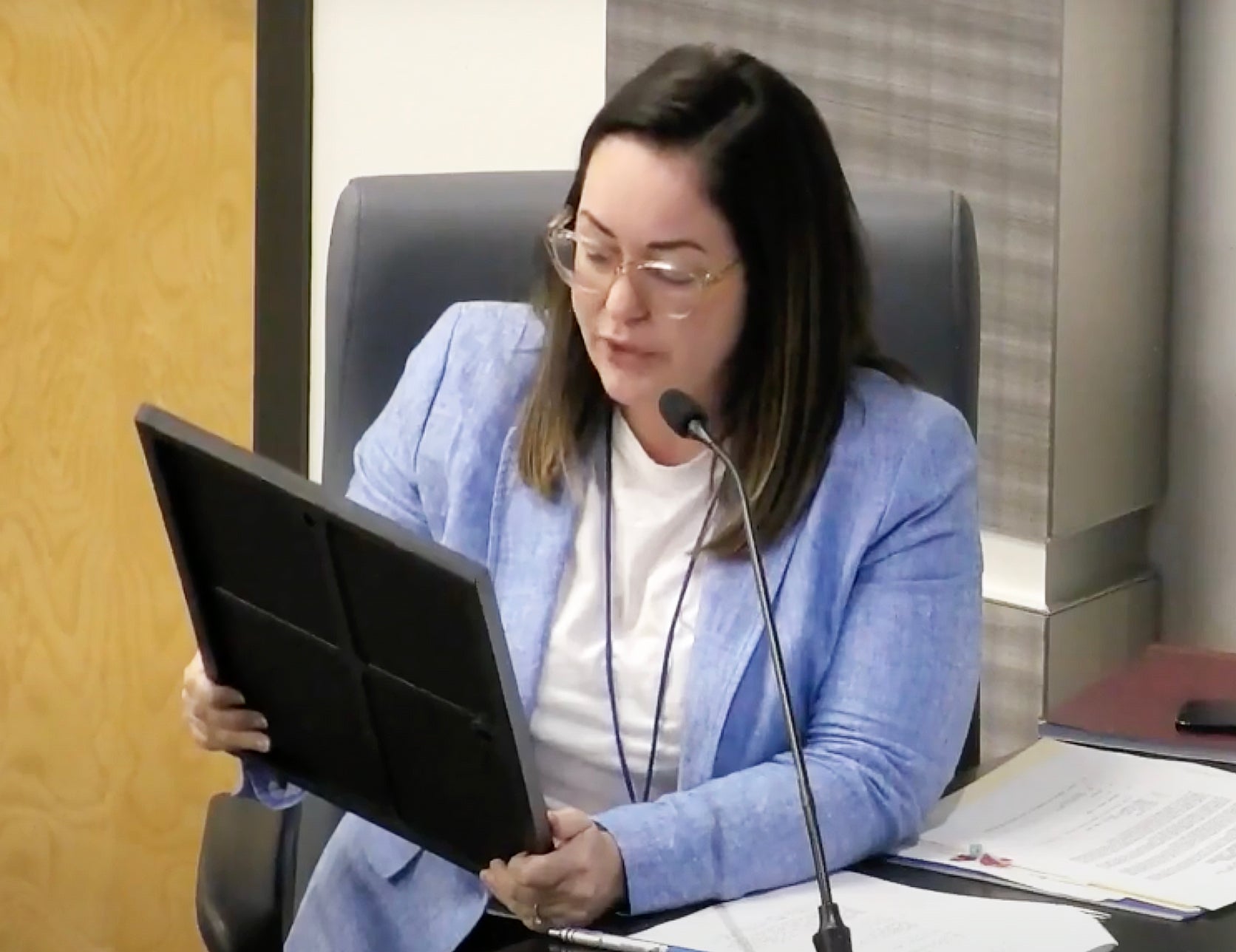Civil Air Patrol ‘Ardent Sentry’ exercise simulated disaster
Published 11:45 pm Friday, May 18, 2012
By Ryan arena
L’Observateur
NEW ORLEANS — First it was 9/11, then Hurricane Katrina.
The chaos that each event brought forth led both government and civilian agencies to collectively say: “This can’t happen again.”
Obviously, a hurricane cannot be prevented; and while a terrorist attack can be thwarted, there are no guarantees.
But what can be controlled is the nation’s level of preparation and its ability to quickly respond to a disaster in the most efficient and effective way.
Such is the reason for Ardent Sentry 2012, a national level, multi-agency exercise that was established to prepare the aforementioned agencies to work together in the event another crisis unfolds, by simulating such an event itself.
These kinds of exercises have gone on for the last six years, but last weekend was the first time Louisiana has been involved in a major way.
From May 3-6, Ardent Sentry put the Louisiana Wing of the Civil Air Patrol to the test, evaluating the emergency management and disaster recovery capabilities of Louisiana and Texas by simulating an event similar to Katrina: the exercise began with a massive tropical storm named Zelda “forming” in the Gulf, one expected to become a category four hurricane.
And, as fate would have it, the storm’s path would be expected to take it right through the middle of Metro New Orleans.
“There was so much confusion and mayhem during Katrina, but really it goes further back, to the terrorist attacks of 9-11,” said Capt. John Carson Wigginton III of the Civil Air Patrol. “The National Guard, different military branches who were trying to support the effort had a lot of trouble communicating with one another.
“They all use different language, different verbiage. After 9/11, the nation realized that we need a single, uniform plan in a crisis of that magnitude, as well as a more effective communication system. A major goal of this exercise is to help coordinate military and civilian agencies to work together for a common goal.”
“Zelda,” as the simulation dictated, would not pass through New Orleans directly as first thought; instead, it veered at the last second toward Texas.
But that said, New Orleans still suffered great damage, including massive flooding comparable to that suffered during Katrina. The simulation called upon the Air Patrol to help gather post-storm assessments of flooding, as well as assessments of things like evacuation procedure and progress during a worst case scenario.
For example, massive traffic jams cause the Louisiana State Police to ask Gov. Jindal to issue an executive order requesting assistance from all available resources.
“In the simulation, New Orleans is practically underwater. The State Police requests that the governor’s office enact an executive order to call for mandatory evacuation,” said Wigginton, a Hahnville resident. “Many people are hesitant to leave until very late in the game — like last time — and we see what traffic flow looks like, where vehicles have been abandoned … the things that go along with a mass exodus.”
In the days before the four-day official simulation, groundwork is done to prepare, just as it would be in the days leading up to such a storm touching land. The Air Patrol relocates its assets to areas that would be most advantageous, for example.
Then 41 “air sorties”, or flight missions, were launched, gathering visual information from photographs, some of which could be uploaded via Advanced Digital Imaging Systems in real time to the requesting agencies — for example, Wigginton said, a request to assess damage from the southside of the Des Allemands bridge would be a specific request. CAP’s still photos are “geo-tagged” with target name, location, date, time and direction arrows.
Three of the patrol’s aircrafts hold cameras connected to laptops, allowing the uploading of live, real-time photos. Another, in fact, allows for the streaming of live video footage in real time.
In the simulation, the U.S. Marine Corps Forces North and the Governor’s Office of Homeland Security and Emergency Preparedness request full motion streaming video of the Interstate 10 corridor and along the southern edge of Lake Pontchartrain.
“We wish they all had that capability,” said Wigginton. “It’s a wonderful asset but very expensive. We’re getting there, though.
The Louisiana Wing consists of 14 squadrons located throughout the state. Its membership includes some 560 highly trained professional volunteers.
They serve the nation, state and local communities 365 days each year
Wigginton said that the exercise thus far was a success.
“We’re really, really pleased with all that went on in Louisiana,” said Wigginton. “The main thing, for us, was that there were no accidents, even so far as a paper cut or stubbed toe. Everything was perfectly safe, which, of course, is always of the utmost importance.”






